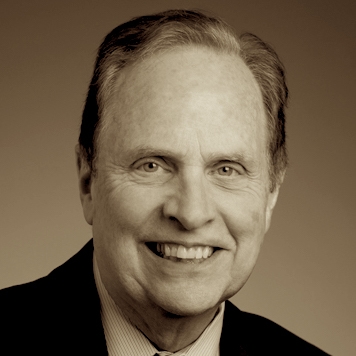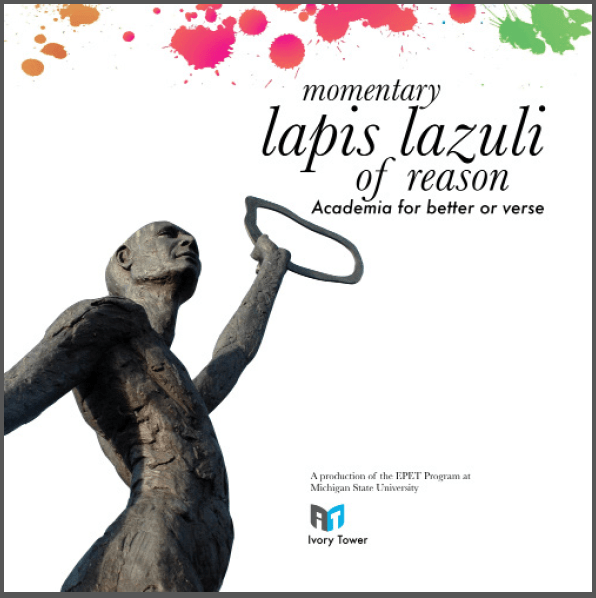Note: This is the second of two posts on the value of school by Kevin Close and Punya Mishra. Read the first post: What value do schools bring?
Revisiting Accountability
In the previous post we argued that schools play a varied and rich role in the economic, social, and cultural growth not just of the students but of the broader community and society. In some ways the global school closure (affecting 1.5 billion learners) has brought home this fact.
This realization, however, will mean little unless we use it to change how we evaluate schools and make them accountable.
As things stand now, schools are typically evaluated by looking at aggregated academic results (usually end-of-the-year test scores) or easily countable measures related to academic results (such as graduation rates). It is not surprising that there is a whole industry devoted to informing parents and media on how use these data (be it student score percentiles, AP test rates, ranking in US News and World Reports) to evaluate schools.
There are some pernicious side effects to this emphasis on tests scores, of course —from an inordinate emphasis on test-taking skills to outright fraud!
This is not to say that evaluation and accountability are not important. What is problematic however is an emphasis on just one aspect of schooling. Characteristic of this perspective is the following quote from Violane Faubert, an economist with the European Commission and expert on school evaluation. He writes:
School evaluation serves two interlinked purposes, improvement and accountability. School improvement relates to access to education (equity) and education performance (quality and efficiency). School evaluation for improvement aims at closing achievement gaps between low-performing and high performing schools, as well as to enhance the performance of all students. (in an academic paper titled: School evaluation: Current practices in OECD countries and a literature review)
Faubert, thus, frames the entire discussion of evaluation through a focus on education (through access, through performance, through decreasing gaps).
What is missing are all the different and complex roles that schools play, as we described in our first post. As we argued, schools
- Keep kids safe so that adults can go about their business running the economy
- They provide environments for emotional, civic and social development
- They are hubs for social welfare programs, often for those with the greatest need.
- They bring communities together.
- They address the unique and specific needs of all learners
Yet, few of these aspects are evaluated explicitly when we speak of evaluating schools or holding them accountable. For instance, we rarely measure how much a school impacted the community, or how many students learned to share, or found a new life interest, or made a new friend, or received help accessing government funding, to list just a few examples.
In some areas the evaluation can be even more single-minded. A good example is teacher evaluation. With the No Child Left Behind Act during the Bush administration and then later the Race to the Top era during the Obama administration, a certain philosophy about “accountability” began to take hold. This philosophy promoted the theory that the best way to evaluate schools and teachers was by measuring the learning gains of students from year to year.
Yet, none of the other factors described in part 1 have much weight in how we evaluate and compare teachers, or schools.
There are two choices here.

One, is to decouple all these different things schools do, get other community organizations to take on some of these roles. In this case the singular focus of schools would be learning and it would be somewhat appropriate to evaluate them on these current measures. (We know there is also significant debate on how useful these current measures are, but we will sidestep that debate for now.)

A second choice is to accept and acknowledge that academic learning is just one of many aspects of student development that schools are responsible for. It is important, hence, that schools should be held accountable in ways that extend beyond just short-term academic progress. A first step would be unpacking these different systems and creating evaluation mechanisms that are customized for each.
This thought leads to some silver linings:
Silver lining 1: A chance to increase visibility of what schools do
Such changes in accountability should bring visibility and transparency to the ignored, yet extremely valuable roles that schools play in society. As we noted in our previous post, school personnel do so much beyond what they get credit for. Schools serve as the sites for so many broader social functions than just teaching children. Rethinking how we hold schools accountable, also makes visible other parts of school that demand recognition and appreciation.
Silver Lining 2: An opportunity to rethink accountability
This current crisis may allow us to shake the dust off of a decades-long view of how to measure the value of schools. The problem with all the talk about “accountability” for the last decades was that they were based on business models (and actually some agricultural models[1]) where leaders tried to measure sales (or the yield of crops).
Schools are responsible for so much more than learning. A good accountability program would measure the holistic impact of a school on a community. Schools in wealthy neighborhoods who handpick students from admission waiting lists have very different social roles than Title I schools that emphasize community enrichment programs such as after school childcare or free breakfast programs (To give credit, some evaluation programs do this).
Such a shift in school evaluation matters a great deal. It matters, because how we hold schools and teachers accountable nudges their actions. School administrators and teachers typically care deeply about their community of students and parents. But they also care about their job security. School ratings also drive important incentives like federal funding or enrollment rates. When testing plays such a key role, it nudges the behavior of administrators and teachers.
A better system design needs to carefully evaluate what a good school should do and how to nudge schools in those directions. When teachers eliminate interesting lessons in favor of “test practice,” then the system has failed. When principles refuse to enroll a student with a history of behavioral problems, the system has failed. When second year teachers with the best intentions quit after two years of poor student test scores, the system has failed.
Ultimately, we need to move away from valuing what we can measure to measure things that we truly value and that means, as a first step, recognizing all the different things that schools do.
Lastly, a note on learning
Though we have not emphasized the teaching and learning aspects of school, this was a rhetorical move to highlight the other aspects of schooling that often get ignored. In fact, we (as educators) must acknowledge that more than anything else, schools serve as places to learn and be inspired. In this we are reminded of the words of the poet Yehuda Amichai:
I stood near the school building and looked in. This is the room where we sat and learned. The windows of a classroom always open to the future, but in our innocence we thought it was only landscape we were seeing from the window.
School is a place to stoke potential, even if that potential is not yet realized in school. But if that potential is not yet realized, then it will not show up on test scores. And if the measures we use to evaluate schools do not capture the richness of what they seek to do, we will have done a disservice to the learning as well.





0 Comments
Trackbacks/Pingbacks